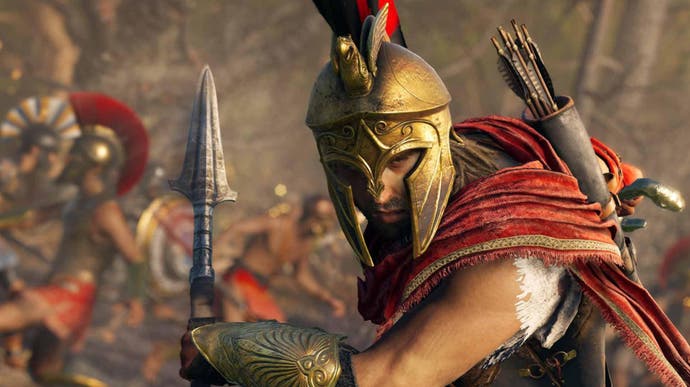What does it take to run Assassin's Creed Odyssey PC at 1080p60?
Settings tweaks and hardware recommendations for a truly demanding game.
Assassin's Creed Odyssey on PC version is utterly gorgeous, with the ability to scale well beyond consoles in terms of visual quality, frame-rate and resolution - but to play this game at its best, some serious hardware is required. Yes, careful settings management helps - and we've got you covered here - but even getting to 60fps with a console-equivalent look requires some meaty kit. Mainstream GPUs like GTX 1060 and RX 580 have the horsepower to get the job done in terms of the graphics requirement but even the enthusiast's price vs performance champion - the Core i5 8400 - can't keep you locked to 60fps.
It's clear that Odyssey is heavy on your PC - puzzlingly so in some respects - but Ubisoft does at least deserve credit for a great options menu. The graphics presets are all marked individually to show how many individual settings there are, plus there's accompanying artwork to show the impact that any given change makes. The only major criticism I have here is one common to many recent PC games - too many of the options require a restart once you've adjusted them, making optimisation and fine-tuning a pain.
Beyond that, the only missing aspects in configurability are massive warning stickers for specific settings, along with general performance prognostications - which is to say that in this game, ultra high means ultra high. Similar to prior AC titles, both the ultra high and very high global presets add decadent amounts of detail into facets of the image. They exist to make the game look as pretty as possible and also to scale the experience onto really expensive set-ups - or future hardware.
Strategic cuts to fidelity in a number of places are required to help your GPU and CPU as much as possible, and looking to the Xbox One X version of the game for some pointers also helps in making the best trade between quality and performance - part of the process we carried out in delivering our recommended settings presented on this page. And let's just say that there are some genuine surprises here, like the fact that running volumetric clouds at the high setting rather than ultra high increases performance by a full 33 per cent (!) with not too much in the way of a visual downgrade. It's no real coincidence that Xbox One X presents in a similar way to the high setting with regards this setting, a pattern that continues through many of the presets.
| Core i5 8400/RX 580 Performance | Ultra High | Very High | High | Medium | Low | Off |
|---|---|---|---|---|---|---|
| Anti-Aliasing | - | - | 100% | 108% | 120% | 103% |
| Shadows | 100% | 105% | 110% | 112% | 116% | - |
| Environment Detail | 100% | 100% | 112% | 112% | 121% | - |
| Terrain | - | - | 100% | 100% | - | - |
| Clutter | - | 100% | 106% | 108% | 108% | - |
| Fog | - | - | 100% | 108% | 111% | - |
| Water | - | 100% | 100% | 108% | 108% | - |
| Screen-Space Reflections | - | - | 100% | 111% | 114% | - |
| Volumetric Clouds | 100% | 125% | 130% | 133% | 133% | - |
| Ambient Occlusion | - | 100% | 104% | 105% | - | 107% |
| Depth of Field 1080p | - | - | 100% | - | 100% | 103% |
| Depth of Field 4K | - | - | 100% | - | 106% |
The PC version also includes a version of the dynamic resolution scaling feature found in the console builds, along with very similar temporal reconstruction technology - but curiously, this is flagged under the anti-aliasing setting. On the standard high setting, native resolution is sustained but data from prior frames is integrated into the current one producing a smoother, temporally stable look. Medium and low settings actually seem to lower native resolution to around 90 per cent and 80 per cent respectively, relying on temporal super-sampling to inject further detail.
An adaptive option allows the game to scale on the fly between low, medium and high depending on GPU load - but it needs to be matched with a target frame-rate (30fps, 45fps or 60fps). In effect, it works as a less aggressive version of the DRS technology used in the console versions, which operate with a much wider window - though at its best, you're getting an extra 20 per cent of GPU time in the PC game, which definitely helps with consistency in the experience.
Beyond that, environment detail and shadow quality are the settings that deliver the biggest wins and again, it's not surprising that this is very similar to the Xbox One X presentation - however, you can set the texture quality levels at higher settings than the console default of medium, if you have a graphics card with eight gigs of VRAM. With my recommended settings (in bold in the table above), 1080p60 on a Ryzen PC paired with GTX 1070 is possible with GPU headroom to spare. However, what is surprising about the PC game is the sheer amount of CPU power required to sustain 60fps. It's especially noticeable in towns, with smaller blips beneath when traversing the environment, suggesting that background streaming is a fairly heavy sub-system.




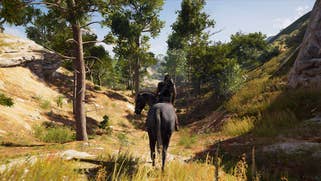

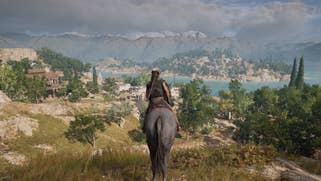
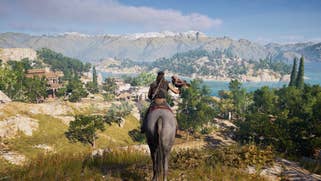
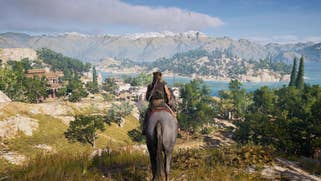

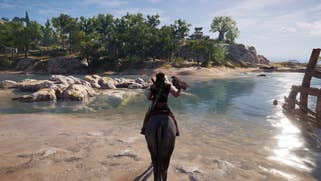



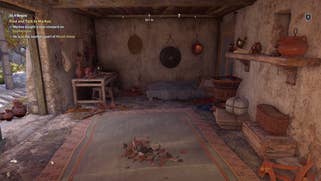
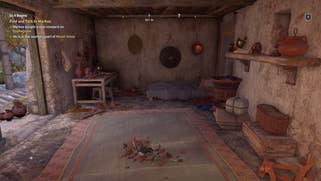
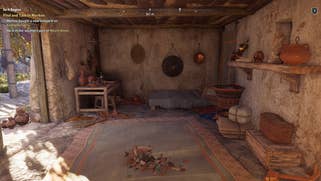


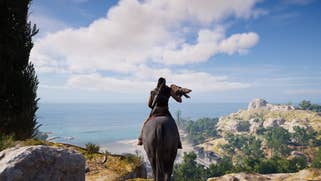

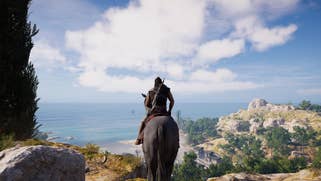
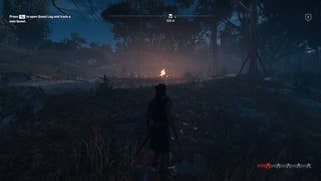
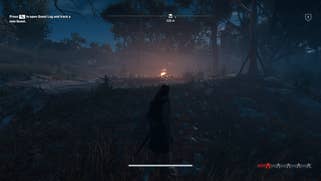
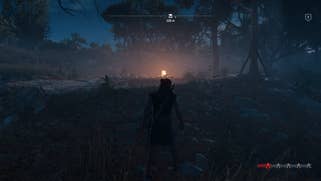

I also tested a more typical mid-range set-up, which pairs a Core i5 8400 (six physical cores running at 3.8GHz) with Nvidia's GTX 1060 and AMD's Radeon RX 580. Performance is more mixed here, with the GTX 1060 able to deliver 1080p60 without the need for adaptive resolution reconstruction. On the other hand, the RX 580 sees generally lower frame-rates at the same settings, so using the reconstructive AA option helps a great deal. However, the CPU is the sticking point here with the i5 8400 maxing all six threads at 100 per cent utilisation, regardless of which graphics card you use. Locking to 30fps and ramping up resolution is an option here - with a 160 per cent resolution scale at 1080p, the game effectively runs at an internal resolution of 3027x1728, which is close to Xbox One X's average resolution. If you're running AC Odyssey on a 4K display, setting rendering resolution to 80 per cent achieves a similar effect.
The only other issue with aiming for 30fps is that the game's target frame-rate setting actually seems to deliver 31fps instead, causing some stutter when v-sync is active. Nvidia users can use the half-rate adaptive v-sync GPU control panel option to level that out, while I had success with the RX 580 using a 30fps limit imposed by Riva Tuner Statistics Server. But the bottom line is that the major reason we tested the 30fps cap at all is that the game is so heavy on CPU, we had to divert graphics power to resolution instead of frame-rate to get value from our graphics hardware. And it's not as if the Ryzen and the Core i5 are bad CPUs - they are both leagues ahead of the Jaguars found in the consoles and should deliver a lot more performance than we're seeing here.
In short, there's no doubt that this is a spectacular-looking game that's well worth checking out on PC. There is scalability beyond the console experience, but equally, you pay a huge amount in terms of hardware cost in order to access those features at reasonable frame-rates - even at 1080p. Optimal settings generally finds us paring back the PC's extras to produce a game that looks very similar to the console version - and that's fine if we can double frame-rate and get a smooth, consistent 60fps experience. Unfortunately, that still proves to be extremely challenging for the CPU, where clawing back performance is a lot more difficult. Maybe it's time for the AnvilNext engine to embrace a lower-level graphics API?
